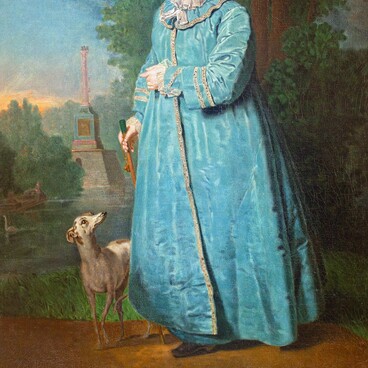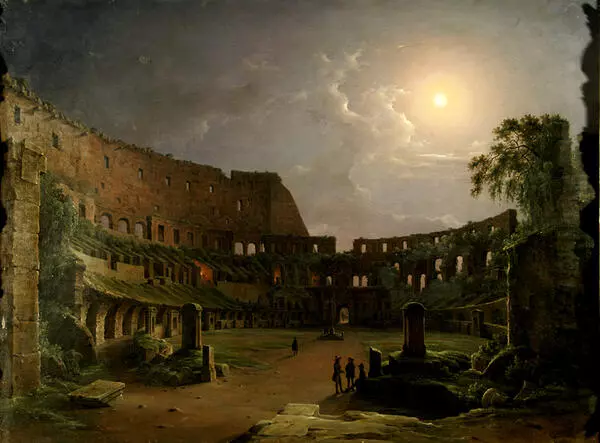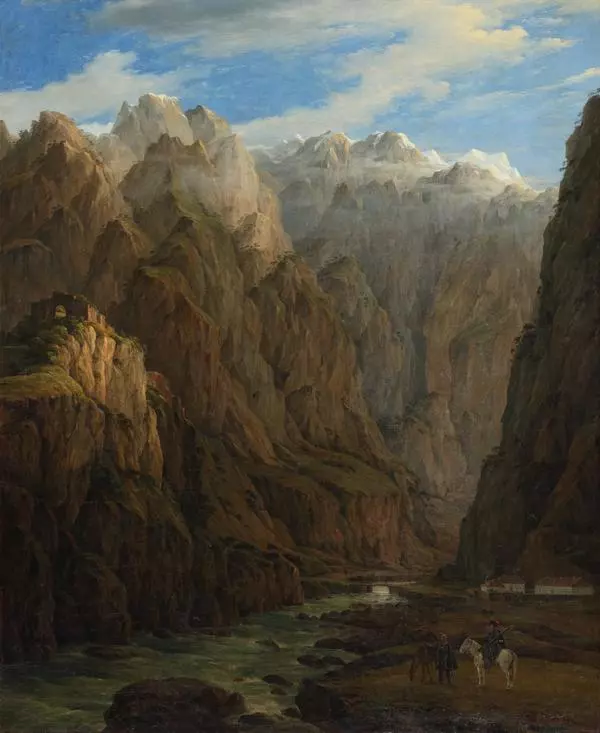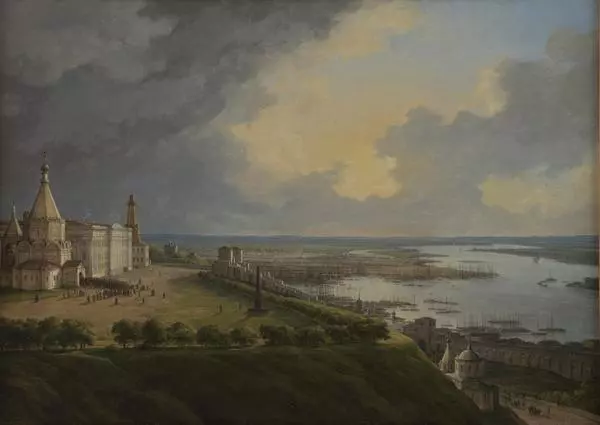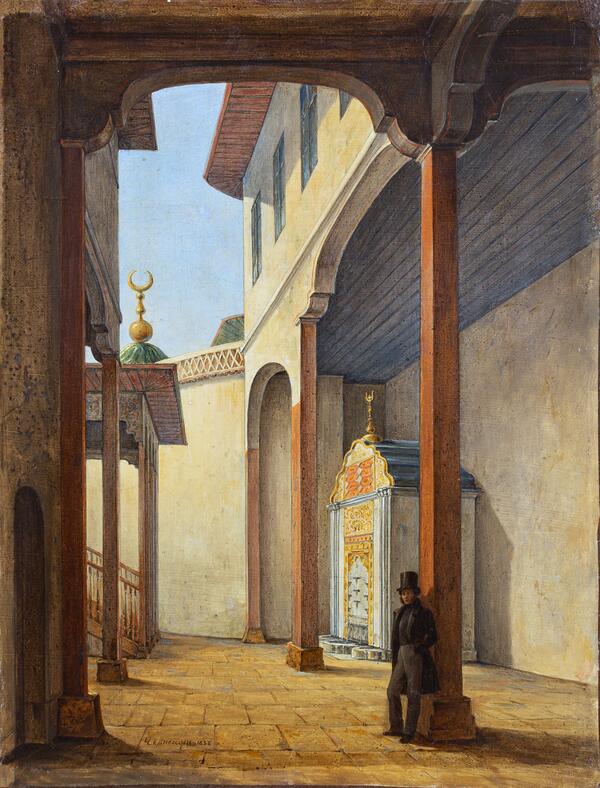The art collection of the National Pushkin Museum includes a painting “Nizhny Novgorod” by the artist Nikanor Chernetsov.
Nizhny Novgorod and its surroundings were closely connected with the life of Alexander Pushkin. The poet’s family on his father’s side came from those parts, and the village of Boldino was a special place in Pushkin’s oeuvre. The poet visited the region three times, always in autumn — his favorite season.
The first trip took place when Sergey Lvovich Pushkin allocated to his son, who was about to marry, a part of his estate in the village of Kistenevo near Boldino and 200 souls, which Alexander Pushkin immediately mortgaged in order to get married sooner. The famous “Boldino Autumn” coincided with the cholera pandemic of 1830, and the collegiate secretary Alexander Pushkin was appointed a trustee of the quarter in the village of Boldino as the only representative of the nobility in the district.
For the second time the poet visited the Nizhny Novgorod Region to see places associated with Pugachev. Pushkin rushed to his office in Boldino to complete his “History of Pugachev.” During the same visit, he wrote “The Bronze Horseman”, “Angelo”, “The Tale of the Fisherman and the Fish”, “The Tale of the Dead Princess and the Seven Knights” and other works.
Alexander Pushkin may have visited another place in Nizhny Novgorod — the provincial archive. In the poet’s draft notes, 83 documents about Pugachev’s Uprising were copied and summarized, and six of them originated from Novgorod. After the fire of 1809, the archive was placed in the Dmitrievskaya Tower of the Kremlin and was kept there with a short break until the late 19th century, when the tower underwent renovations. Pushkin was very cordially and warmly received at the house of Governor Mikhail Petrovich Buturlin. He was invited to lunch the next day, and only a few weeks later, while in Orenburg, he understood the reason for such an affectionate reception: the Nizhny Novgorod governor mistook him for an auditor who arrived with a special task to investigate his “failures”, and hurried to share this in a letter to the Orenburg governor, General Petrovsky, with whom Pushkin was staying when the letter came to the addressee. This news amused the poet very much.
The last time Pushkin came to Boldino was in 1834.
He spent about three weeks there. During that visit, he completed “The Tale of
the Golden Cockerel” and his work on “The Captain’s Daughter” was underway.

